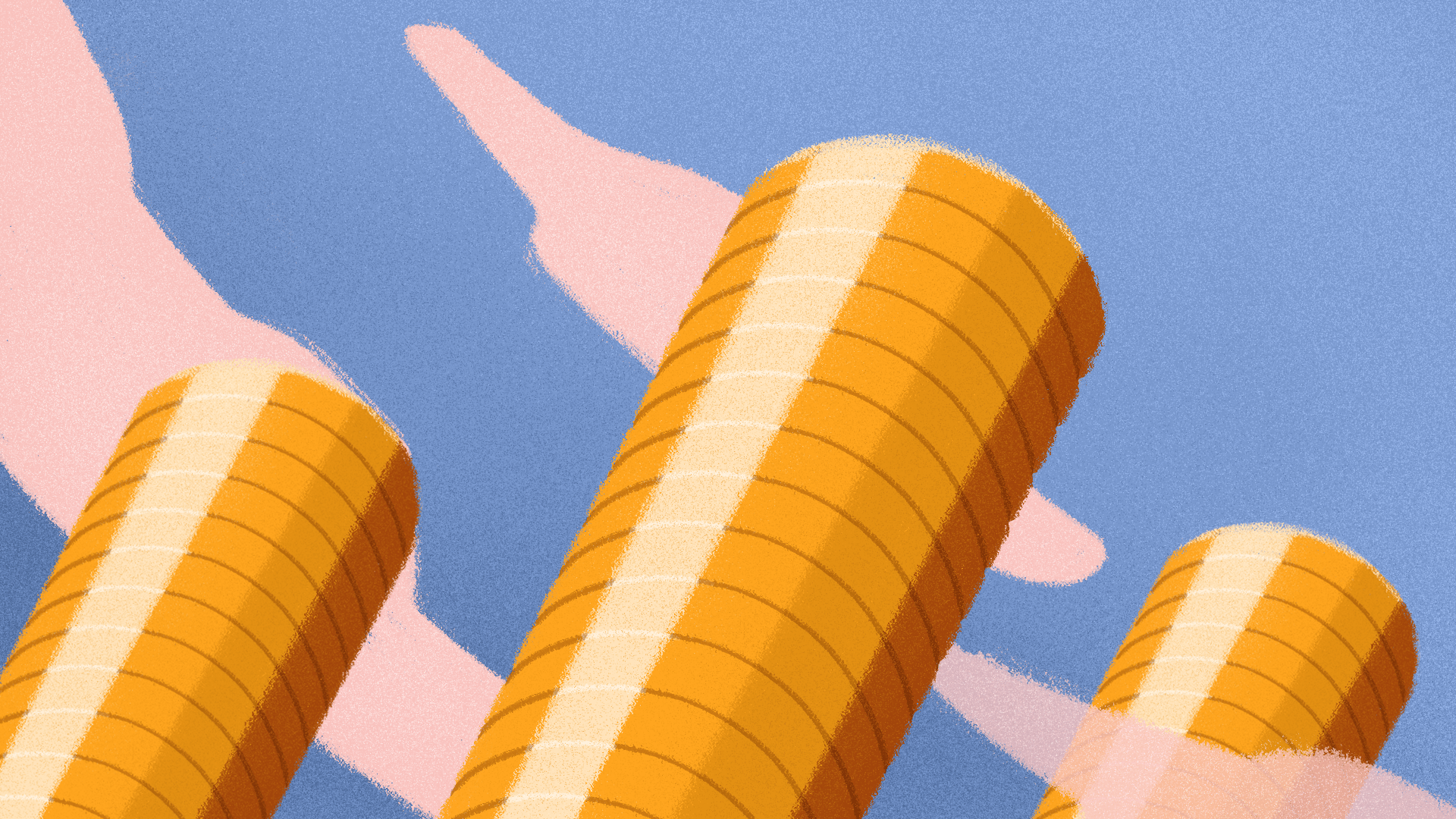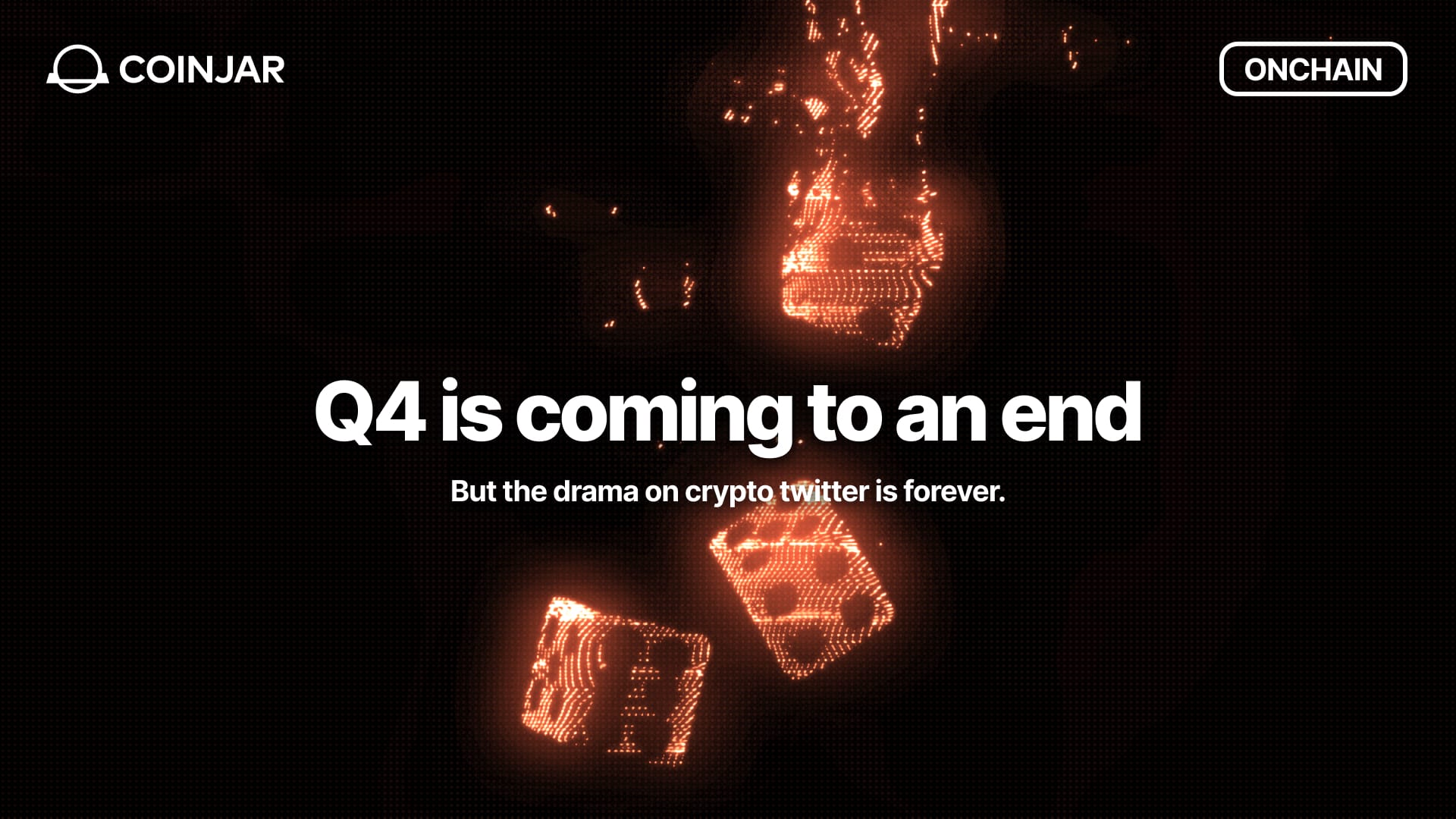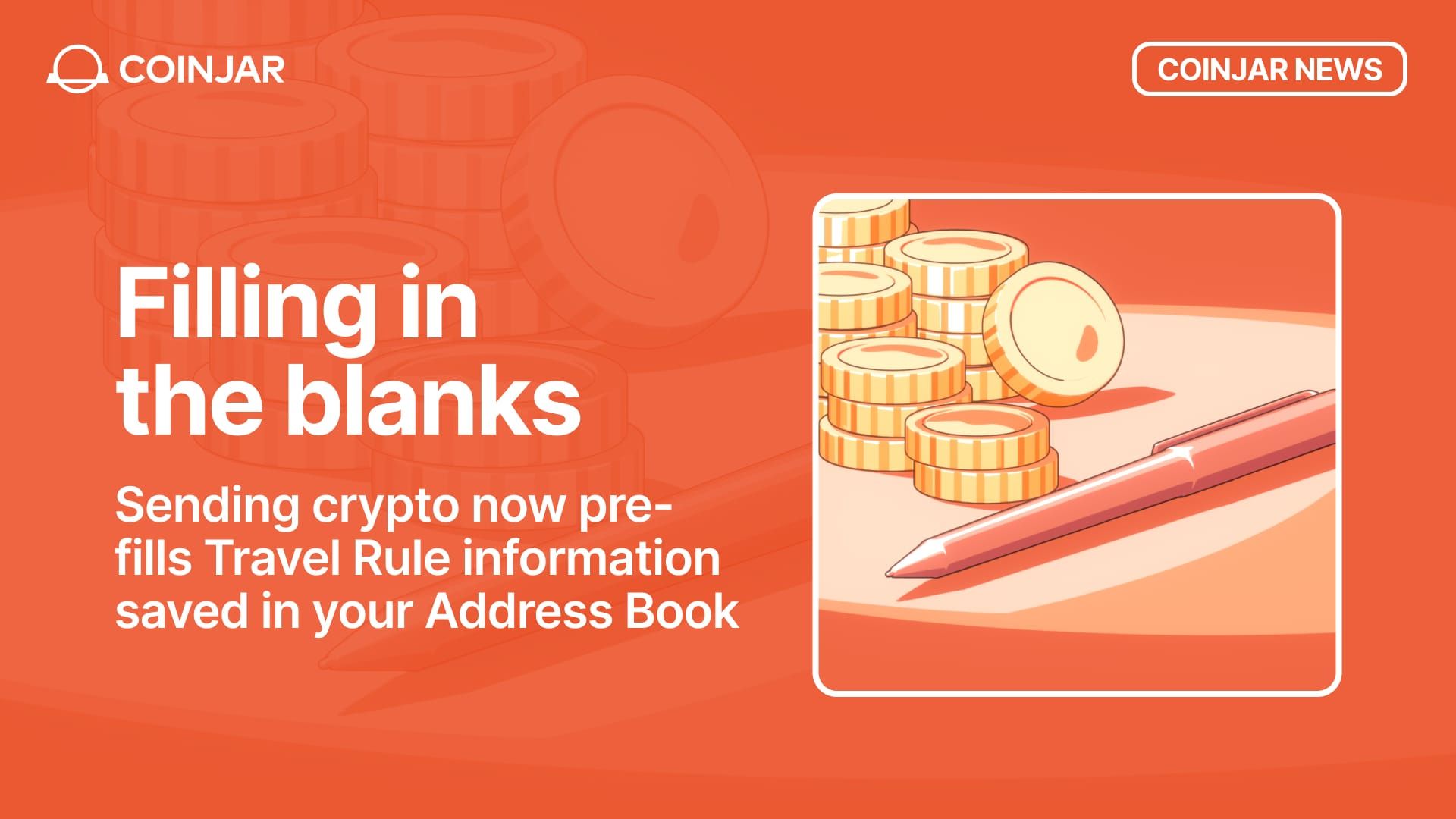It’s Alt Season?
February 20, 2020
Share this:

Coins soaring 50% in a single hour. Tokens going 3x. Could it actually be *gasp* alt season?
Say the words “alt season” in front of anyone who’s been trading crypto since 2017 and you’re likely to be greeted with misty eyed reminiscences about a time when even conservative forecasts involved the phrase “going up 5-10x”. I mean, this was an era where literal scams were producing returns in the thousands of per cents. All you needed to do in order to be a good trader was pick a coin and wait for it to explode.
We knew the good times would end, but even the most cynical among us were unprepared for the savageness of what followed. Over the past two years, the vast majority of altcoins have come down more than 95% from their all-time-highs. 99% declines are remarkably common. Even bitcoin’s surge in the middle of last year couldn’t change the fundamental trend: alts were going down, down, down.
And then a month ago, something changed.

Everyone’s a genius season!
Bitcoin began moving, but alts began moving more. It started with Ethereum and then cascaded down the chain. Day after ever more unbelievable day the market was trending up, up, up. Bitcoin dominance declined precipitously while the altcoin market cap more than doubled.
Plenty of reasons have been mooted for this wholesale reversal – tensions with Iran, the coronavirus, forthcoming American crypto regulation – but the truth is probably more prosaic: a brutally suppressed market found a bottom, buyers began to outnumber sellers and fireworks ensued. If you have any exposure to alts at all, I’m wagering that you had a good start to 2020. Here’s hoping we keep roaring along all the way to the Halvening. However…
Tread warily
“Be fearful when others are greedy and greedy when others are fearful.”
Here’s my advice: take this Warren Buffett quote and tattoo it on your brain. If the people you follow on Twitter keep talking about how so-and-so coin is about to go up 500% (when it’s already doubled in price), don’t FOMO in. If the market drops 10% in the middle of an uptrend and those same people are calling for $3k BTC, don’t panic sell your entire portfolio.
It’s also important to keep things in perspective. The altcoin bear market has been so prolonged and bloody that a coin can triple in value and still be 97% down from its all-time-high. I stand by my comments from last time: for most alts, this uptrend, however long it may last, will be a small blip on their long, slow path towards irrelevance and death. Are you sure your alt is one of the chosen few?
This isn’t to say you shouldn’t be trading alts, but to remember that they’re exactly that: trading tools, not investments. And that, as traders, you are playing against forces beyond your control or understanding, so act like the prey you are and protect yourself. As another market adage puts it: “There are old traders and there are bold traders, but there are no old, bold traders.”
Ask CoinJar
What does it mean when a blockchain forks? How does it affect my coins?
At its most basic level, a blockchain is simply an algorithm that transcribes all the transactions on a given network in an immutable form. However, in order to be immutable, the architecture of the network also needs to be locked in place. Yet this would prohibit developers from upgrading the blockchain or fixing any issues that arise. Enter the fork.
Forks come in two forms: soft and hard. Soft forks are basic software upgrades that don’t require any alteration to the fundamental rules of the network. They’re typically uncontroversial and rolled out without most people even noticing that it’s happened.
Hard forks occur when developers want to change those fundamental rules. In this case, they create an exact mirror image of the original blockchain, but with the new rules in place. And this is where it gets tricky.
Blockchains are consensus-based, meaning that the miners or validators on a given blockchain need to unanimously agree that the transaction record is valid. When you create a second blockchain, you’re asking the consensus to follow you to the new network. If the consensus splits, as happened with Ethereum Classic, or if a rogue group of miners decides to proceed with their own version of the blockchain, as happened with Bitcoin Cash, then you can end up with two rival cryptocurrencies.
For users, this means that they’ll receive an equal amount of the new currency to go with the old one. And from there, well, it’s up to the market to decide what they might actually be worth. Now, could I interest you in some super cheap bitcoin diamond?
We are not affiliated, associated, endorsed by, or in any way officially connected with any business or person mentioned in articles published by CoinJar. All writers’ opinions are their own and do not constitute financial or legal advice in any way whatsoever. Nothing published by CoinJar constitutes an investment or legal recommendation, nor should any data or content published by CoinJar be relied upon for any investment activities. CoinJar strongly recommends that you perform your own independent research and/or seek professional advice before making any financial decisions.
The above article is not to be read as investment, legal or tax advice and takes no account of particular personal or market circumstances; all readers should seek independent investment, legal and tax advice before investing in cryptocurrencies. This article is provided for general information and educational purposes only. No responsibility or liability is accepted for any errors of fact or omission expressed therein. CoinJar, Inc. makes no representation or warranty of any kind, express or implied, regarding the accuracy, validity, reliability, availability, or completeness of any such information. Past performance is not a reliable indicator of future results.
Share this:
On/Offchain
Your weekly dose of crypto news & opinion.
Join more than 150,000 subscribers to CoinJar's crypto newsletter.
Your information is handled in accordance with CoinJar’s Privacy Policy.
More from CoinJar Blog

Onchain: Q4 is coming to an end
December 17, 2025But the drama on crypto twitter is forever. Story One EoY reflections kicking in At least if you are to believe the one X article that has been all over my feed in the...Read more
Introducing Travel Rule Support for Your CoinJar Address Book
December 12, 2025Save time and simplify travel rule requirements for your crypto transactions. A new feature is now available in your CoinJar Address Book, designed to make your cryptocurrency...Read more
Introducing CoinJar AI
December 9, 2025A portfolio and market assistant built into CoinJar We are pleased to introduce CoinJar AI in the US and Australia. CoinJar AI understands your portfolio, tracks the market,...Read moreYour information is handled in accordance with CoinJar’s Privacy Policy.
Copyright © 2025 CoinJar, Inc. All rights reserved.
CoinJar, Inc. is a registered Money Services Business with FinCEN and licensed as a money transmitter, NMLS #2492913. For a list of states in which CoinJar, Inc. is licensed or authorized to operate, please visit here. In certain other states, money transmission services are provided by Cross River Bank, Member FDIC.
This site is protected by reCAPTCHA and the Google Privacy Policy and Terms of Service apply.